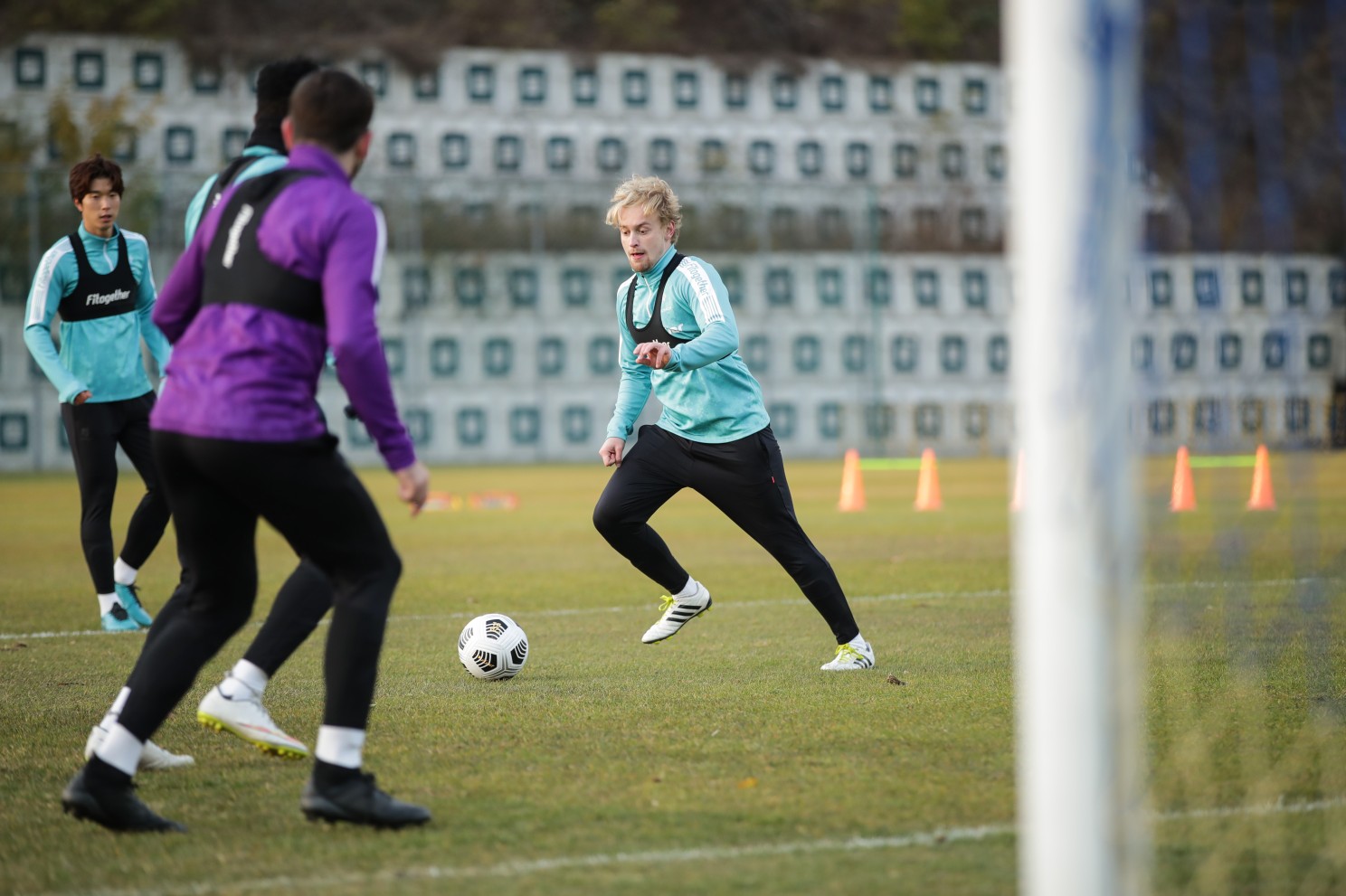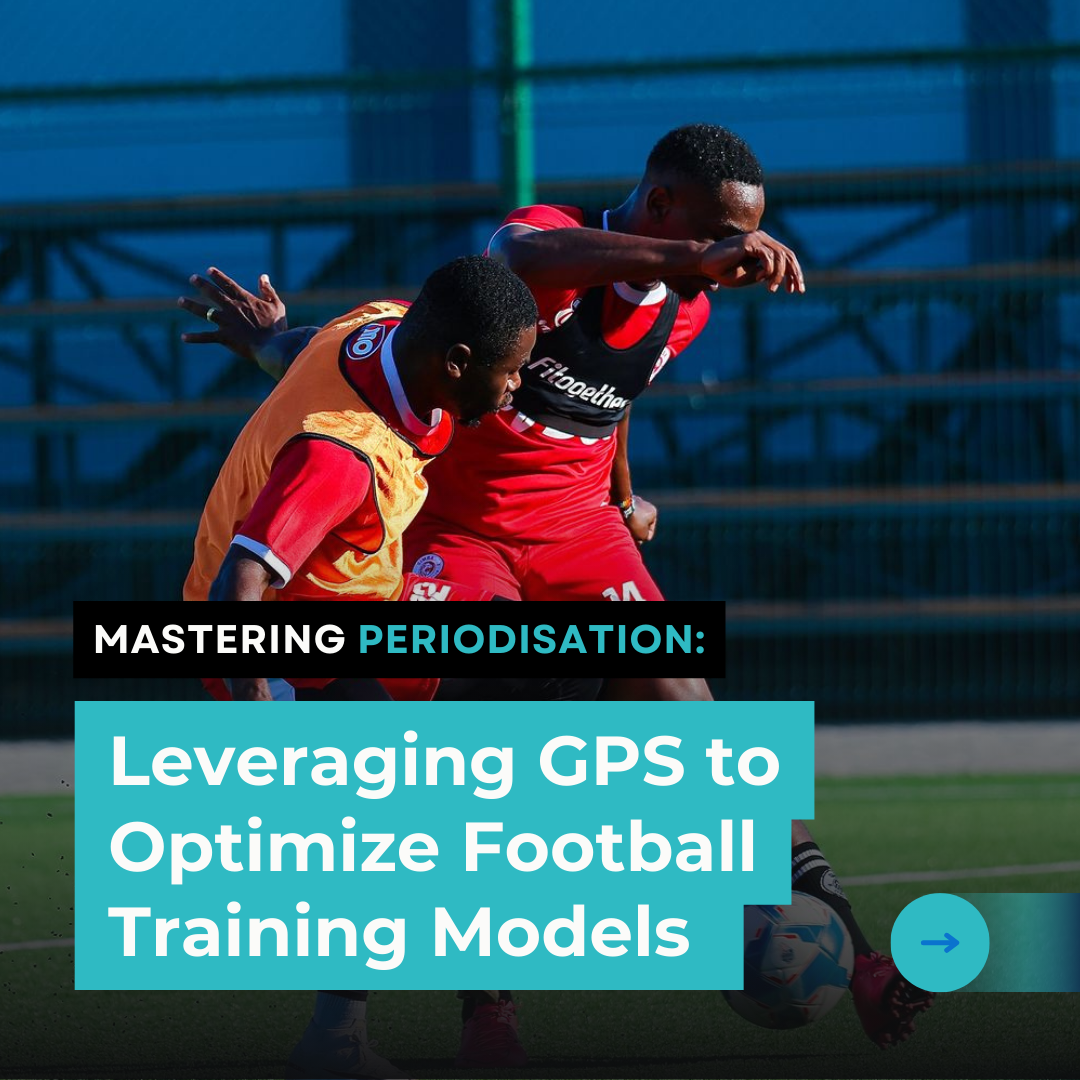
Welcome to another episode of Fitogether Vision & Insights! Your go-to source for staying at the forefront of sports science and technology. Our weekly updates deliver a curated blend of sports insight and knowledge!
You must remember that in the previous blog, we discussed about how to optimize your training strategy by using “sessions”. Where you can compare the 1st and 2nd half of matches or for specific drills within training, conditioning and rehabilitation activities.
However, when you use this data, merely using the data once or twice feels like a waste. How can we ensure the data remains valuable and reusable in the future? This is where naming drills become essential tools. You can create your own database, where it is accessible, easy to navigate, and straightforward to update.
Now, we will discuss specifically about how to effectively labeling drills with our sports scientist, Charles Cullen (ASCC)!

Let's start with your coaching team. Most coaches have a select library of drills they will use for training, generally they follow a trend of being chosen for specific match days. What a coach does for their Match Day –2 (2 days before your match day) will stay consistent because most coaches like consistency when it comes to their philosophy for training. If you can understand their style of training, choice of drills and what physical outputs throughout the week is expected, it provides valuable insights for maintaining performance and preventing injuries.
Let’s get back into how to build your database and how to do it effectively.
We need to know what key bits of information are needed for the overall session. The main element here is determining the specific match day: MD –4, MD –3, MD –2, MD –1, etc. Make sure you tag this in your system, this provides a solid foundation of your drill database.
Tagging consistently throughout the week is crucial; for instance, if you play on a Saturday and then on Tuesday, the training session on Sunday would be tagged as MD +1, not MD –2.
With the training session overall sorted, let's focus on the individual drills.
Here's what you need to consider in detail:
- Type of Drill: Whether it's Small-Sided Games (SSG), Possession, 11 v 11, Attacking vs. Defending, or Technical drills, decide how you want your database to categorize them and stick with it.
- Number of Players: Determine whether to include goalkeepers in your player count. For example, for an SSG with 4 outfield players on each team, decide if you call it SSG – 4 v 4 or SSG – 5 v 5 to include the goalkeepers. Consistency is key. Also, don't forget to include any players on the outside for drills like Possession – 5 v 5 [8 Outside].
- Area Dimensions: Keep your metrics consistent, whether it's yards or meters, and whether you're noting length x width or width x length. Consistency here avoids confusion.
- Additional Information: Note any extra details about the drills, such as additional equipment like small goals. This adds depth to your database.
Once you've made these decisions, arrange them in an order that suits your database style for clarity. Print out these instructions for your staff responsible for logging drills in sessions so they understand the process and maintain consistency. When using Fitogether Analytics input the name of the drill (session) in “Session Title”, try using a hyphen between each piece of information (e.g., SSG – 5 v 5 – 36 x 30yds) that allows for easy separation later when you're organizing data in Excel/Power BI/Tableau.
One potential option is that when you export the data via CSV, you can split it into different columns by performing a task called “separate data by dash in excel." This means that when you're searching your drill database for specific drills, you can filter them by groups instead of trying to identify a particular drill by its long code. If your life is easier, your decision-making will follow suit.
After every training session, you clip the drills from training, export that data out (ensuring that all of your key metrics are in there e.g Time, Total Distance, High Speed Distance, Sprint Distance etc), and either find the average for each drill and input it into your database or utilize tools like Power BI/Tableau and create a DAX formula to find the average for drills (that allows you to use the next level of analysis by filtering through position and player). In addition, try to identify each of your metrics by a per/minute basis of that drill, this means you can start to predict training volumes even if the planned length of the drill is slightly different to what you have in your database.
Find a method that suits your style and stick with it. This will make your life easier moving forward, especially if you understand it clearly.
Your database is now ready to use, but remember to keep building on it and ensure that each training session drills are included.

Now that your database is set up..
and you can begin planning and understanding the physical outputs expected in training sessions. This allows for early intervention or adaptation if needed. Your insights can be invaluable to the coaching team, helping them tailor sessions for optimal performance while keeping players healthy and fit. Flexibility is key as plans may change, but with a well-maintained database, you'll be prepared to provide the necessary support and insights.
As I have always said, we are here to support our coaching team and provide key bits of information to ensure they get the training sessions they want.
Additionally, you can offer valuable insights if you anticipate that the squad's physical outputs will be significantly higher or lower than usual for the day. This insight allows coaches to adjust the training load accordingly, or identify if specific metrics, such as those for full-backs or wingers, are unexpectedly high.
If training days are expected to be more intense than usual, consider potential adjustments (again you are here to advise and help, if a coach wants everything in the training session then that is their choice) in the following areas while still meeting the coaches' session objectives:
- Duration: Adapt the length of the session or drills to reduce overall volume.
- Dimensions: Altering the dimensions of drills can affect the potential physical loads. For example, reducing the dimensions might limit high-speed distances for certain players.
- Repetition Duration: If your coach suggests 4 sets of 8 minutes for an 11 v 11 drill, and you're concerned about volume, consider shortening the duration to 4 sets of 6 minutes. Alternatively, if maintaining intensity is the goal, you could suggest 5 sets of 6 minutes, providing a similar load while allowing players to sustain their intensity.
In conclusion, maintaining a well-organized drill database equips you with the knowledge to offer these insights, ultimately helping keep your players fit and healthy. Establish a consistent system, and it will streamline your processes and make your job easier in the long run.
Now that you understand the importance of using GPS systems to track player data, and you have learned how to create effective training sessions and label drills for data analysis!
If you're new to player management or haven't started yet, don't worry! Feel free to chat with our representatives to get started.
Discover how Fitogether can streamline your coaching process, enhance data analysis, and optimize player performance.
.png)

